What is Art Therapy Part 2
If you read segments 1 & 3, you know I skipped Part 2! Here it is:
Art therapy is a dynamic modality, used individually and with groups, in diverse settings with a variety of clientele of all ages. I hope to capture some of the variety of approaches here. I want to acknowledge that parts of this article were informed by conversations with other art therapists, as well as my education and training in art therapy. Many art therapists have written extensively about art therapy approaches, and their work can be a resource for anyone wanting to know more. (See Malchiodi, McNiff, Moon, Rubin and Seiden to name a few).
It is important to note that the field of art therapy began in the 1930’s and 40’s amidst the time of Freud and psychoanalysis. We now know irreparable psychological harm was done to women and children during this time due to prevailing patriarchal beliefs, sexual repression and other factors. We must regrettably acknowledge that the popularization of the idea of the “unconscious mind” arose due to Freud’s work. Fortunately we also know that making meaning through art has been around since the beginning of humankind, as evidenced by cave paintings for example. For more on that, see:
https://www.psychologytoday.com/us/blog/arts-and-health/201107/what-is-art
When the field of art therapy first started, there were 2 main schools of thought:
- The “art as therapy” approach (attributed to Edith Kramer) supports the belief that art making is in and of itself therapeutic. A trained art therapist can guide and enhance aspects of the experience. It seems the term “art as therapy” has more recently been co-opted to mean non art therapists using art in therapy with clients. However, this is not the original meaning.
- “Art psychotherapy” (attributed to Margaret Naumburg) is based on Freud’s psychodynamic principles. It includes the belief that art materials, processes and the resulting art products have significant psychological functions and symbolism (some coming from the unconscious mind) that help people reflect, generate insights, and make meaning of both their inner lives and life experiences.
Note: Art therapists do not interpret the art but are trained in how to help participants decipher, process and build on the meaning of their images/creations for themselves. We are also educated on recognizing signs of distress or despair that may arise in image form, and how to navigate safely when it does.
New ways of thinking emerged, such as:
- Humanistic Art Therapy, first promoted in the 1970’s by art therapist Lucille Venture, a woman of color, who recognized that underserved Black children weren’t going to benefit from art psychotherapy, but needed problem-solving community based arts interventions. Venture’s philosophies, among others, can be viewed as foundational for the intersections of art therapy and social justice, and are long overdue the recognition they deserve. Recent focus is on the need for art therapy education, training and practice that centers the lives of BIPOC; recogízing the past and ongoing impact of systemic injustices on the mental health and well-being of individuals and communities of color.
Jordan S. Potash MA, ATR-BC (2005) Rekindling the Multicultural History of the American Art Therapy Association, Inc., Art Therapy, 22:4, 184-188, DOI: 10.1080/07421656.2005.10129522
- Studio Art Therapy. The open studio approach to art therapy positions art as the focus of the therapeutic work (Moon, 2016). It originates from the early days of the art therapy profession, when artists, influenced by humanistic approaches to psychiatry, brought the studio into psychiatric hospitals (Hogan, 2001). As the art therapy profession evolved, it adopted theories from clinical psychology in order to gain recognition; Allen (1992) termed this the “clinification syndrome.” Following developments in recent decades in the field of art therapy, open studio practices have become more diverse and more prevalent in a wider range of contexts (Kapitan, 2008). https://www.frontiersin.org/articles/10.3389/fpsyg.2020.568042/full
- The Open Studio Process. “The Open Studio Project began in 1991 with… an intention: to make art and to be of service. Three Chicago area art therapists — Dayna Block, Deborah Gadiel, and Pat Allen — began this endeavor after many years of experience in clinical settings. These therapists realized that to be truly effective in teaching clients to use art-making for personal transformation, they themselves would need to engage in and model their own creative process alongside their clients — putting both participant and therapist on the same level. Over the next 9 years, a unique art and writing process, now known as the Open Studio Process, was developed and refined in an art studio in Chicago”.
https://www.openstudioproject.org/
For more on the OSP process:
https://www.openstudioproject.org/programs/
According to Pat Allen,” the studio process is a reliable creativity practice and a form of action meditation.”
https://www.patballen.com/pages/studio.
Note: You might hear other terms like “medical art therapy” which denote the setting and population in which art therapy is being used.
- Expressive and Creative Arts Therapies are provided by trained, certified professional(s) who combine multiple forms of the creative arts (drama, movement, visual arts, music, writing, etc) in counseling, psychotherapy or in other forms of interdisciplinary mental health professions to address behavioral and mental health challenges or stressors with individuals or groups. The distinction here is multiple creative modalities versus a single creative modality, but may include art therapy.
https://www.ieata.org/what-is-reat
The following are NOT art therapy:
Recreation therapy (and activity therapy, which are not identical). I have personally known and worked with some wonderful recreation therapists and activity therapists. While they are not extensively trained in art therapy, they provide a valuable service. Their training is to help people develop healthy leisure/recreation pursuits that benefit their overall well-being (which of course includes mental/emotional, physical, and spiritual health). Do art therapy groups sometimes look similar to recreation therapy groups? Yes in that art materials are involved in a “therapeutic” setting and/or capacity. The quality also varies based on the knowledge, interests and artistry of the provider. But this is not the same as working with a trained art therapist. Recreation therapists also use games, exercise/movement, and other activities to promote well-being, and they assess, develop, implement and evaluate the interventions they use. According to the NCTRC, recreation therapists are required to take (bachelor’s level or equivalent) courses in anatomy and human physiology, human development, abnormal psychology, etc. Activity therapists are trained to work with geriatric populations and the billing structure is different for their services versus recreation therapists. For more info see:
https://www.nctrc.org/new-applicants/paths-to-certification/academic-path/
Occupational therapy
Occupational therapists are master’s level practitioners trained to help people regain function in areas of daily life. An occupational therapist might use art, for example, with a person who has had a stroke to help them regain arm strength and fine motor skills while doing something enjoyable. Or perhaps to assist patients with concentration and memory as part of their rehabilitation plan. This is different than art therapy related goals for increased self expression, anxiety management or any number of other specific targeted clinical art therapy interventions that may overlap with occupational therapy goals if provided in a rehabilitation setting.
Art Education
Art educators, especially those working with youth, have eyes and ears on the ground so to speak, in terms of recognizing emotional creative expression. Still, their training and focus is quite different than art therapists whose emphasis is largely on process not technique or finished products. Educators who pursue additional training in art therapy are especially poised to make a huge impact on their students and the communities in which they work. There seems to be a fair amount of art therapists already making an impact in therapeutic day schools. Personally I would like to see more art therapists in schools, especially in public schools. Art therapy can have an immense impact on the social emotional learning and experiences of the student body. OSP in Evanston offers training for educators.
Note: For an example of what can happen when an art therapist/educator works in a public school setting, check out the work of Rochele Royster, Ph.D, ATR-BC http://www.chicagotalks.org/?p=65262
Lastly, you might find people offering art for personal growth, well being or even healing. Again, if it’s not being facilitated by a registered and/or board certified art therapist (or an art therapy student under the supervision of an ATR or ATR-BC) it cannot legitimately be called art therapy. Art therapists complete rigorous master’s level training in several core competency areas equivalent to counseling and social work programming, but with specific art therapy courses and practicum experiences.
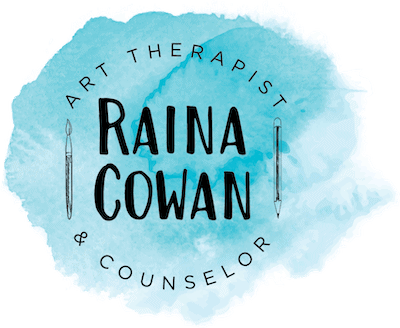
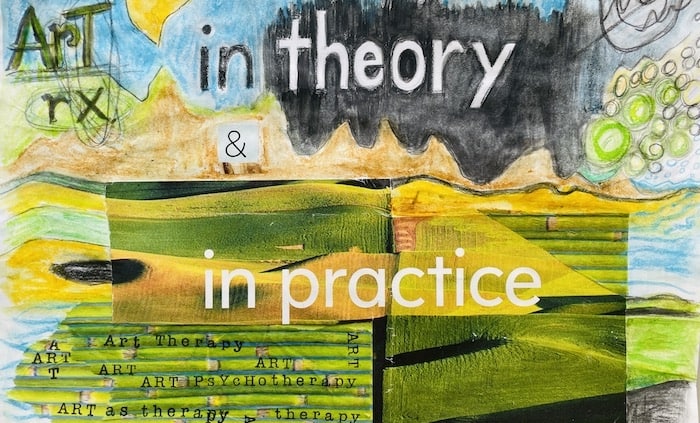
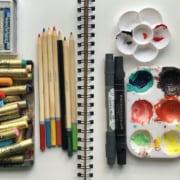
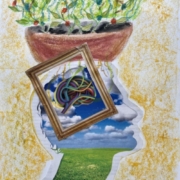 https://www.rainacowanarttherapist.com/wp-content/uploads/2023/03/What-is-Art-Tx-3.jpeg
https://www.rainacowanarttherapist.com/wp-content/uploads/2023/03/What-is-Art-Tx-3.jpeg rainacowanarttherapist.com
rainacowanarttherapist.com
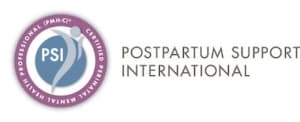
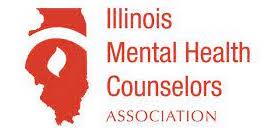
 https://www.rainacowanarttherapist.com/wp-content/uploads/2023/03/What-is-Art-Tx-3.jpeg
https://www.rainacowanarttherapist.com/wp-content/uploads/2023/03/What-is-Art-Tx-3.jpeg